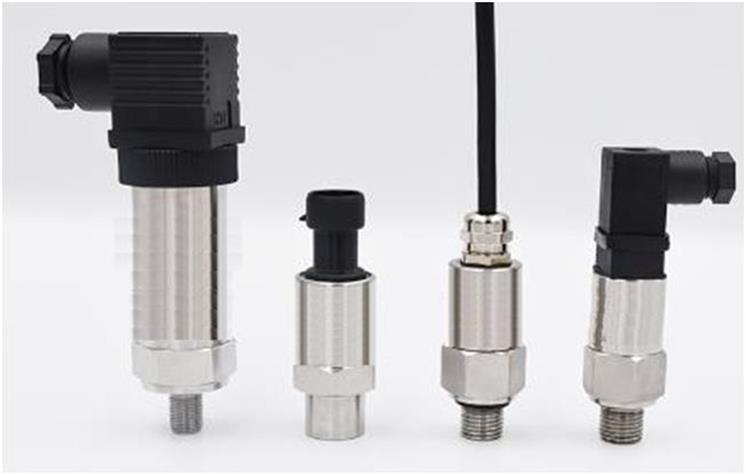Pressure Sensor Troubleshooting Guide

Pressure sensors are widely used in various industries to measure and monitor pressure levels in different systems. However, like any other electronic device, pressure sensors can malfunction and require troubleshooting. In this article, we'll explore common causes of pressure sensor failure and how to diagnose and troubleshoot them.

Dust and dirt clog:
Pressure sensors are often installed in industrial environments or automotive engines and are susceptible to dust, grease, and other dirt. This dirt may clog the sensor's air inlet or pressure hole, causing the sensor to read inaccurately or even fail completely. Solutions include regular sensor cleaning and maintenance, and adding protective measures where possible, such as installing filters or seals.
Electrical failure:
Electrical failure is another common cause of pressure sensor failure. This can include problems with cable connections, shorts or breaks in wiring, and unstable supply voltages. Solutions include checking and repairing electrical connection issues, ensuring the sensor's supply voltage is stable, and using guards where possible to protect the sensor from electrical interference.
Corrosion and oxidation:
In humid or corrosive environments, the connectors and circuit boards of pressure sensors can be affected by corrosion and oxidation, resulting in reduced sensor performance or even complete failure. Solutions include using water- and dust-proof sensors or housings, regularly inspecting and cleaning sensor connectors, and using anti-corrosion coatings to protect the sensors when possible.
Mechanical damage:
Pressure sensors are often installed in machinery or automobiles and are susceptible to vibration, shock, or other mechanical damage. This can cause internal components of the sensor to loosen, break, or become damaged, affecting sensor performance. Solutions include adding mechanical guards, regularly checking the installation location and status of the sensor, and using shock- and shock-resistant sensors when possible.
Temperature effect:
High or low-temperature environments may affect the performance of the pressure sensor, causing inaccurate readings or failure. Solutions include selecting sensors suitable for a specific temperature range, adding temperature compensation devices, and controlling ambient temperature where possible to protect the sensor.
Electromagnetic interference:
Electromagnetic interference refers to the electromagnetic field interference that exists in the environment where the sensor is located. These interferences can interfere with the sensor's circuitry, causing the signal output from the sensor to be unstable or distorted. If there is electromagnetic interference in the environment where the sensor is located, corresponding measures need to be taken, such as installing a shielding cover, replacing the sensor with better anti-interference performance, etc., to ensure that the sensor can work normally.
By understanding the common causes of pressure sensor failure and how to diagnose and troubleshoot the problem, we can ensure that pressure sensors continue to operate accurately and reliably in a variety of industrial applications.
https://www.dejintech.com/Pressure-Sensor-Troubleshooting-Guide.html
- Art
- Causes
- Crafts
- Dance
- Drinks
- Film
- Fitness
- Food
- Giochi
- Gardening
- Health
- Home
- Literature
- Musica
- Networking
- Altre informazioni
- Party
- Religion
- Shopping
- Sports
- Theater
- Wellness


